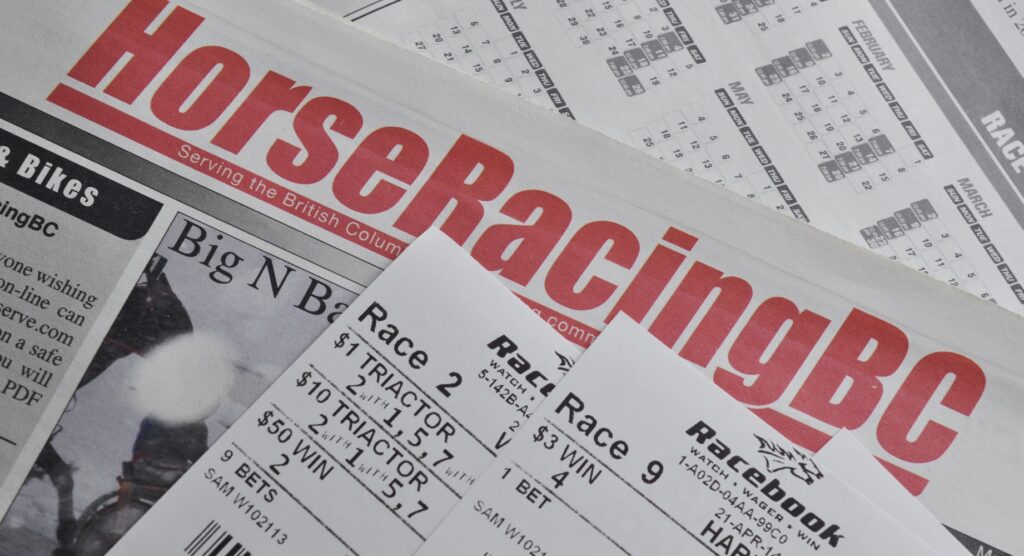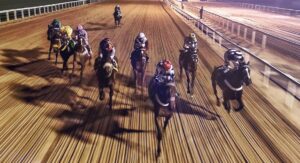Measuring Value in Horse Racing
The process of understanding and then uncovering value is key to making money in any betting sport. In horse racing, where odds can move significantly in short periods of time, it is important to have an idea of what odds represent value for each runner that could be a potential bet. In this article, we explain how to measure value in horse racing and enjoy long-term success.
Basic Approach
When analysing a system, set of results or a tipster, the basic approach utilised by the vast majority of punters to determine the profitability/success of a service is to look at the profit and loss figures.
However, the bare figures only tell a fraction of the story and by using another method, a more complete picture of long term profitability can be identified.
A/E
We use the measurement of A/E to determine the value on offer from a particular set of statistics or a system.
A/E refers to actual number of winners compare divided by the expected number of winners. 1 is the base mark and indicates that the actual number of winners corresponds to the expected number of winners based upon odds. Below 1 indicates poor value and above 1 indicates good value
This is calculated by:
- 10 bets at 5.00 = 2 expected winner. 5.00 indicates a 20% chance of success, therefore over 10 horses, statistically two should win.
- 6 bets at 2.00 = 3 expected winner. 2.00 indicates a 50% chance of success, therefore over 6 horses, statistically three should win.
- 4 bets at 4.00 = 1 expected winner. 4.00 indicates a 25% chance of success, therefore over 4 horses, statistically 1 should win.
With an expected number of winners being 6, if:
- 8 horses won from the 20 bets, the A/E would be 8/6 = 1.33
- 4 horses won from the 20 bets, the A/E would be 4/6 = 0.67
- 11 horses won from the 20 bets, the A/E would be 11/6= 1.83
The A/E function is the ultimate measure of value as it takes into consideration the odds of each individual odds and crunches them into a final figure. However when scrutinising the A/E, it is worth noting the total number of runners. Obviously the more data (runners) to go on, the more accurate the A/E, as the bigger the sample size, the more reliable the results.

Don’t Be Misled
A set of system results or tips may generate a profit, but this does not necessarily indicate they will be provide a positive return in the long run. Often, one or two anomalous results can distort the appearance of an ultimately unprofitable angle.
This is where the A/E function becomes useful. We use trainer Clive Cox to demonstrate:
Clive Cox Returning After 150+ Days Off
- 37/374 (Wins/Runs), a strike-rate of 10%, generating a profit of £65
A profitable trend at face value. However the average A/E for this system is just 0.88, and so based on odds, the horses should have won 42 races, not the 37 wins that were achieved. Delving further into the results, we can see that the results included winners with odds of 43, 65 and 74.
These large price winners have contributed to the overall profit, but in the process have contributed towards an unfair representation of Cox’s profitability with his horses returning from 150+ day breaks. When looking at the trainers more fancied horses returning from a layoff, a clearer picture is presented:
Clive Cox Returning After 150+ Days Off, 10/1 or Shorter
- 27/191 (Wins/Runs) for a strike-rate of 14%, generating a loss of £-47
The strike-rate is naturally higher as we are dealing with shorted priced horses, but the alarming figure is the £-47 loss. Despite the higher win percentage, the A/E has actually reduced further to 0.76, with expected winners based on odds being 35, when there were just 27 victories.
Simply using level stakes profit does not reveal the whole picture. Clive Cox had three large priced winners which accumulated to create an overall profit. However, they were anomalous results and his shorter priced horses evidently underperformed.
To illustrate this, we look at trainer Roy Bowring:
Roy Bowring Horses Returning Within 7 Days
- 70/580 (Wins/Runs) for a strikerate of 12%, generating a loss of £-41
Without applying further filters, Roy Bowring appears to be an unprofitable trainer to follow with his returning quickly to the track. However the A/E for Bowring 7 day returners is 1.32 with expected winners just 53, with the actual number of victories exceeding the expected number by 17.
A system which generates a loss, but has a positive A/E, and a very healthy one at that? That doesn’t make sense? Well if you were to be told that within the 580 qualifiers, 303 of them went off at 13.00 or bigger, with just 6 winners from those big priced horses, the murky waters become clearer:
Roy Bowring Horses Returning Within 7 Days, Starting 11/1 or Shorter
- 63/264 (Wins/Runs) for a strikerate of 24%, generating a BSP of £112
With a simple analysis of results and a tweaking of conditions, there is a noticeable swing in the returns. Bowring’s horses that are relatively fancied when returning quickly to the track are excellent value, producing a profit of £112, winning 21 races more than they should do based on odds.

Final Thoughts
What can we learn from the examples? Firstly don’t take profits and results at face value. Further investigation is crucial. Secondly;
- If you have a system that generates a LSP but has an A/E of less than 1 (indicating poor value as there are fewer winners than expected based on odds), then it is likely to be due to a few long priced successes distorting the data set.
- Conversely, if you have a system producing a loss but showing a positive A/E of more than 1, then there are likely to be a number of unsuccessful long priced horses in the data set. They are not expected to win and probability dictates you can often have hundreds of long priced horses before you get a winner.
Generally speaking, the relatively shorter priced horses will give a more accurate indication of profitability, especially when the sample size is reasonably small. When looking at the results of tipsters, it is important to take a long term view as short term variance can make returns look very appealing or conversely very poor.
If a tipster is regularly having long losing runs when backing short priced favourites and then he puts up an outsider who wins, it could be a case of rolling the dice to try and get out of jail. These operators should be avoided. If the long term strike rate is marginally better than the 100/average price then it is likely you have found a value spotting tipster.
The concept of value is discussed in more detail in ‘The Hunt For Value in Sports Betting‘.




